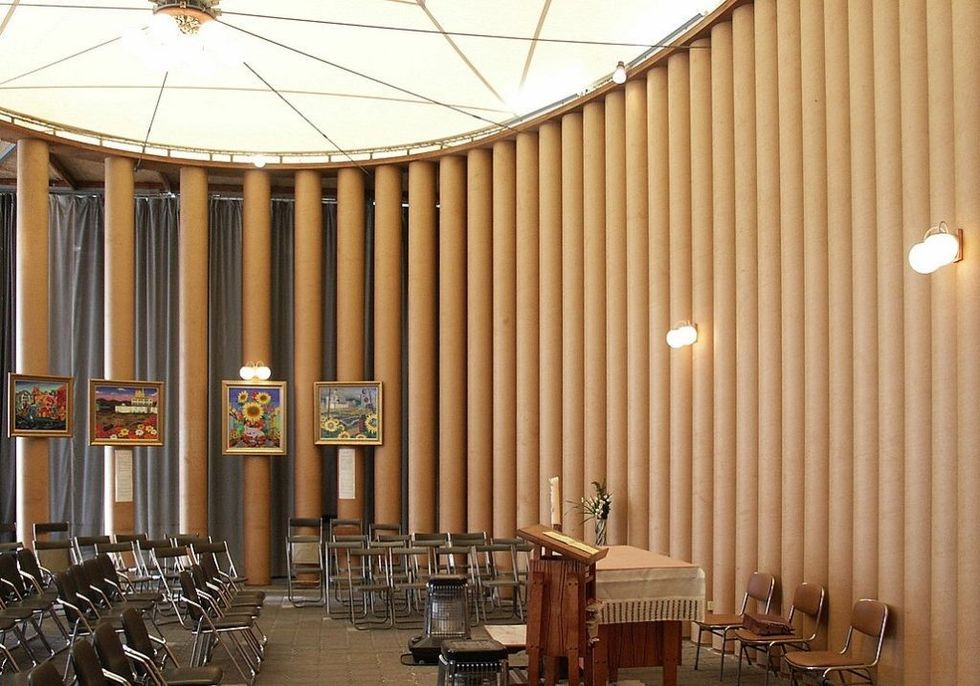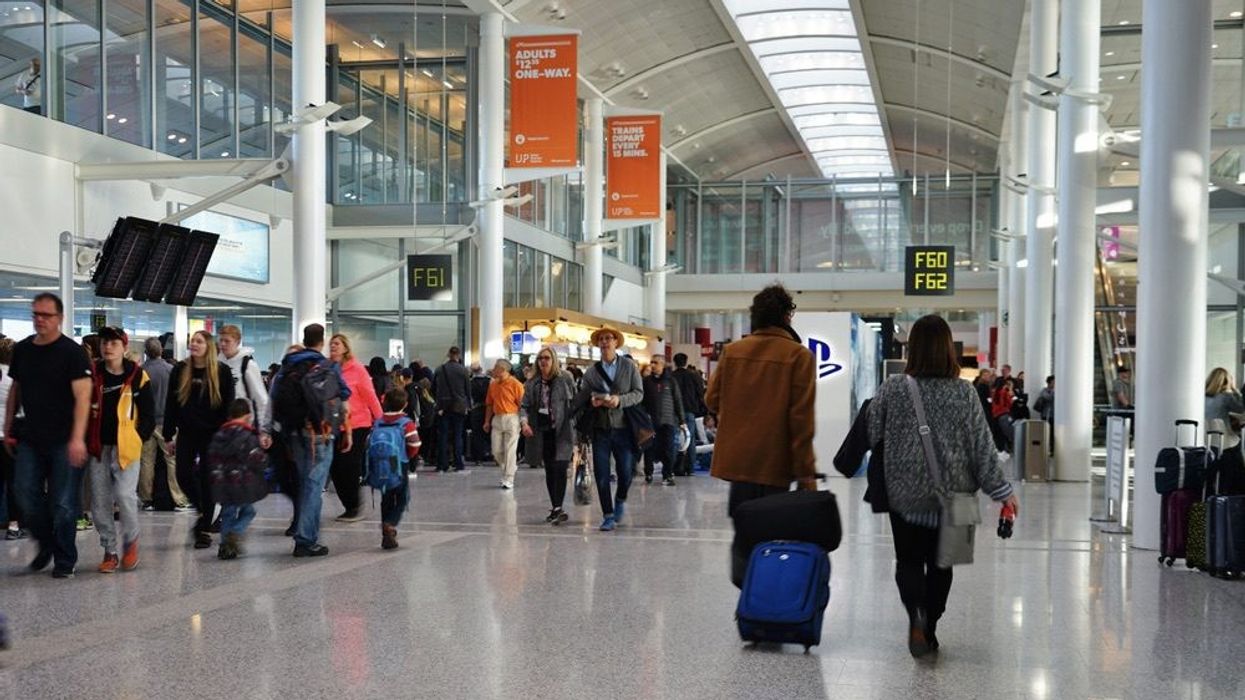It’s airlines that create the mess, but airports that must clean it up.
As international travel descends into an endless grind of cancelled flights, delayed arrivals, missed connections, and lost luggage, airports everywhere are drowning in a torrent of disaster that never seems to end. If that weren’t enough, they must also cope with the consequences of worsening weather, sky-high demand and airline incompetence. Little wonder they are overwhelmed.
No longer are airports places where people simply sit, wait, line up, check in and, perhaps, shop and eat. Today they also serve as temporary shelters, part refugee camp and part mall, as well as communication centres, entertainment hubs, holding pens, nurseries and everything in between, legal limbos and a patchwork of no-man’s lands.
READ: Can Workplace Culture Save the Downtown Office? It Should Certainly Try
And so it’s time to rethink the purpose, function, and design of the airport. The conventional approach sees them as little more than a collection of disparate buildings clustered around a network of runways, gateways, and a sea of seating. But as urban theorist Charles Waldheim has argued; airports are most usefully viewed as a landscape, indeed, as an ecosystem. More than that, however, they are a man-made ecosystem, one that must meet human demands as well as those of the natural world.
Indeed, in the 21st century, the sort of logic that sees users as little more than passersby who flow through these facilities as passengers and consumers is obsolete.
Let’s not forget Terminal Man, the displaced Iranian refugee, Mehran Karimi Nasseri, who died last year after living in the Charles de Gaulle Airport for 18 years. His extended nightmare was a reminder that challenges airports face can no longer be met by the usual assortment of departure gates, lounges, and so on. Nasseri’s nightmare was an extreme example, but the number of passengers marooned in one terminal building or another shows no signs of abating.

Earlier this month, Syrian Hassan Al Kontar became a Canadian citizen after an extraordinary multi-year odyssey that included a seven-month stay at the Kuala Lumpur International Airport in 2018. He had been allowed into Malaysia on a three-month tourist visa, but when that expired no country except Canada would accept him. Along the way, Al Kontar found time to write a book called Man at the Airport: How Social Media Saved My Life.
In recent years, the number of passengers stranded at airports has become alarming. The latest example, the Sunwing Airline fiasco, ruined Christmas holidays for thousands of Canadians. Bad weather and administrative collapse left countless travellers sleeping on the floors of various ill-equipped airports for days on end.
When Arctic temperatures and a major snowstorm hit Vancouver, Calgary, and Edmonton in late December, hundreds of flights were halted, and hordes of passengers were left with nowhere to go. On January 11, a computer outage left hundreds-of-thousands of US passengers twiddling their thumbs in airports across that nation and beyond.
Though design alone can’t fix all these problems, it can help airports clean up the chaos. That’s why the moment has come to reimagine the airport in more urban and holisticterms. That entails a greater mix of uses, services and spaces, public and private. Among the most telling details of Nasseri’s ordeal was that even after almost two decades in a departure terminal, he still spent his nights sleeping on standard-issue modular seating, designed, as every flyer knows, for maximum discomfort.
The cardinal virtue of the new airport must, above all, be flexibility applied through the lens of a human-centered approach. It must encompass more than the usual economic, logistical, and commercial concerns and embrace innovations that allow space to be quickly reconfigured in emergencies. Certainly most airports have plenty of room; what’s needed are more efficient ways to use those spaces, indoors and out.
Designers might start by studying the work of Japanese architect Shigeru Ban. The Pritzker Prize winning practitioner has created emergency housing and other temporary structures using cheap materials like paper, wood and, most remarkably, cardboard tubing. All these could be adapted to airport needs. One of Ban’s most admired works, Takatori Catholic Church, was constructed of recycled paper tubes after the devastating Kobe earthquake hit Japan in 1995. The much-loved building was dismantled in 2007 but reconstructed in Taiwan where it remains a functioning church and -- tellingly -- a tourist attraction. Quick, inexpensive, and easy to build, Ban’s temporary shelters are also beautiful, hardly a necessity, but not irrelevant either.

Remaking airport terminals might also incorporate measures such as replacing standard-issue fixed seating with movable chairs. This would enhance the sense of domesticity and enable shifting arrangements as desired by travellers.
Over and over we hear reports about airlines’ reluctance to provide information and willingness to let passengers dangle in the dark for days on end. To this end, airports could pressure airlines by erecting screens throughout their facilities and using them to communicate.
The confluence of global warming, corporate incompetence, unreliable technology, and out-dated thinking that has turned airports into centres of human dislocation, frustration, and misery can’t continue. It’s time once again to make getting there half the fun.





















